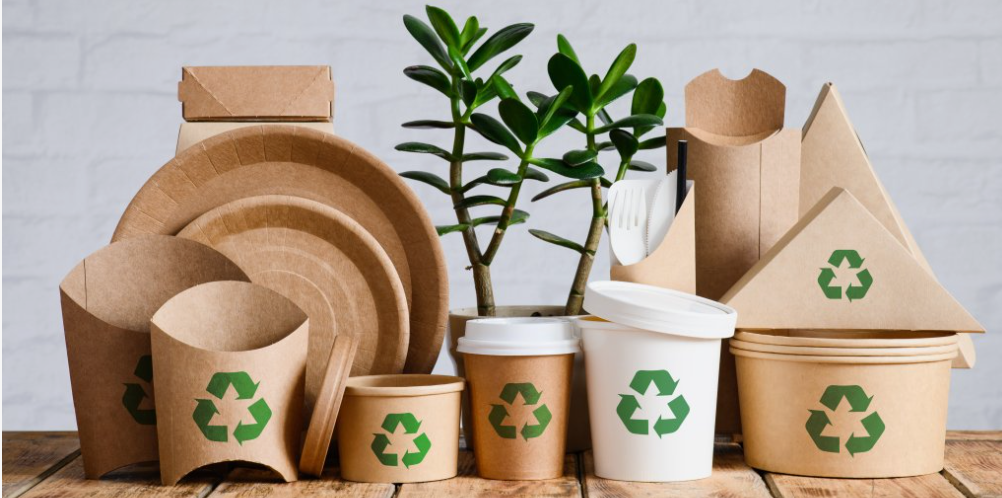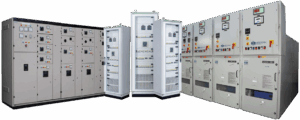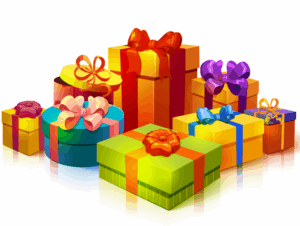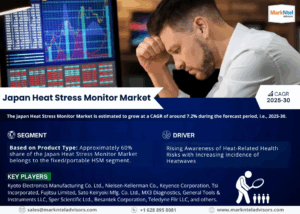Every day, we open boxes, unwrap gifts, or pack things to send or move. But have you ever wondered what happens to all that packaging once we’re done with it?
Let’s find out which kind of packaging helps the Earth more—biodegradable or recyclable. These two kinds look different and work in different ways. We’ll learn how each one helps and when to choose the right one.
What Does Sustainable Packaging Mean?
Sustainable packaging means the box or wrap doesn’t hurt nature. It uses fewer trees, less water, and less energy. It makes little or no mess. It also lasts long enough to protect what’s inside.
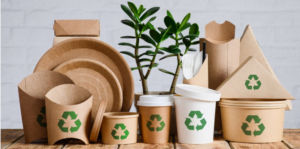
People want packages that work well but also keep the Earth clean. Whether you run a shop, send parcels, or need moving boxes for your new house, choosing good packaging makes a big difference.
What Is Sustainable Packaging?
Sustainable packaging comes from plants. Nature can eat it up. When you throw it away the right way, bugs, air, and rain help it break into tiny pieces. Then it turns into dirt, water, and gas.
Here are some things people use to make biodegradable packaging:
- Cornstarch
- Sugarcane
- Bamboo
- Paper
- Palm leaves
You might see it used for lunch boxes, trays, bags, or cups.
Good Things About Biodegradable Packaging
- Nature breaks it down over time
- Comes from plants, not oil or plastic
- Keeps landfills smaller
- Can go into compost if your town has a compost place
Not-So-Good Things About Biodegradable Packaging
- Needs the right place to break down, like a compost bin
- Might stay whole in landfills for many years
- Doesn’t work well in water or rain
- Feels weaker than normal plastic or strong cardboard
Even if it looks natural, you must toss it in the right bin. If it ends up in the wrong place, like a landfill or the sea, it may stay there for a long time.
What Is Recyclable Packaging?
Recyclable packaging gets cleaned, collected, and turned into something new. Instead of breaking down, it gets a second job. Many things we use every day are recyclable.
Here are some examples:
- Cardboard boxes
- Clean paper
- Glass jars
- Tin cans
- Some kinds of plastic (like water bottles)
This kind of packaging fits into the recycling system your town or school already uses.
Good Things About Recyclable Packaging
- Gets used again
- Cuts down on making new things
- Easy to toss in the recycle bin
- Works well for shipping and packing
Not-So-Good Things About Recyclable Packaging
- Needs to be clean
- Can’t mix with food or dirt
- Not all plastic types can get recycled
- Some things wear out after a few rounds
Recycling works best when people do their part. If a dirty pizza box or yoghurt cup goes into the wrong bin, the recycling plant might toss it away.
Let’s Compare: Which One Works Better?
We’ll look at how each kind helps or harms the Earth. That way, we can pick the best option when we pack or ship things.
1. What Happens at the End?
- Biodegradable packaging disappears in the right place, like compost.
- Recyclable packaging turns into something new, like another box.
Both help if handled the right way. If not, both can still end up in landfills.
2. Where Do They Come From?
- Biodegradable packaging comes from plants, which grow again.
- Recyclable packaging sometimes comes from trees, plastic, or metal.
Biodegradable wins here because plants grow back.
3. Can They Hold Heavy Stuff?
- Recyclable packaging like cardboard is strong and safe for moving.
- Biodegradable packaging can get soggy or tear if it’s too wet or heavy.
Recyclable wins when you need strong boxes, like moving boxes.
4. Are People Ready to Use Them?
- Most towns collect recycling bins every week.
- Few towns offer compost bins or composting centres.
Recyclables fit into more places and are easier for families.
What Should You Use?
Let’s think about where and how to use these packaging types.
For Shops and Online Orders
If you sell books, toys, or clothes, use recyclable packaging. Boxes made of cardboard are safe, light, and easy for your customers to recycle. Just remind them to flatten the box and toss it in the right bin.
For Takeaway Food
If you pack snacks or meals, biodegradable packaging might be better. You can use sugarcane boxes, paper straws, or bamboo forks. Just remind customers to compost when they can.
For Moving to a New Home
When you move house, use recyclable moving boxes. They’re strong enough to carry heavy things. You can tape them up, stack them, and even reuse them later. After you finish moving, recycle them or keep them for storage.
For Gifts or Special Events
Use both kinds. Wrap a gift in recyclable paper and tie it with natural string. Add a biodegradable box for sweets or goodies. It shows care for the person and the planet.
Don’t Forget: Reuse Before You Toss
You can help the Earth more by reusing things before throwing them away.
- Use a box again to store toys or clothes
- Cut old paper into notes or cards
- Use jars to hold pencils or snacks
- Save bubble wrap for your next parcel
The best packaging is the one you don’t need to throw away at all.
How Can You Choose the Best One?
Here’s how you can pick smart packaging:
- Think about how long it needs to last
- Pick packaging that won’t tear or leak
- Choose packaging that people can recycle or compost
- Match the packaging to your town’s bins
- Use less whenever you can
If you send goods often, choose simple designs that use less material. Say no to shiny foil, plastic wrap, or glitter, which can’t go in the recycle bin.
Look for marks like:
- ♻️ for recyclable
- “FSC” for safe forest paper
- “Home compostable” for plant-based packaging
These marks help you know what to do with each item after use.
Final Thoughts: Small Choices Matter
So, what helps the Earth more—biodegradable or recyclable packaging?
The truth is, both work. But they work best when you throw them in the right place.
Use biodegradable packaging when you know it will go to a compost bin. Use recyclable packaging when you know it will reach a recycling centre. Choose reusable packaging when you can.
For heavy things or moving, use recyclable moving boxes. For food or one-time use, pick biodegradable trays or cups. Always check your local bins to see what they take.
Every choice you make helps. Whether you pick the right box, reuse old wrapping, or teach someone about recycling—you do something good.
Let’s pack with care, choose with love, and keep the Earth smiling
Also Check: What Are Polymailers? Why Do You Need Them?
Name: Packeverything
Address: 1 Ubi View, Focus One, #01-05 Singapore Postal Code 408555
Phone: +65 6844 7616
GMB: https://maps.app.goo.gl/YKiCSN4Q9dceZM4o9

